Thermal comfort: How do you define something that often seems subjective? After all, some of your relatives will be cold no matter what you do. Just try telling them you’ve set your thermostat to accommodate ASHRAE’s Standard 55, Thermal Environmental Conditions for Human Occupancy, which suggests thermal comfort depends on an air temperature range between approximately 67°F and 82°F.
Maybe it’s best to say thermal comfort is defined by how most occupants perceive their physical comfort (or a minimum 80% approval based on a range of operative temperatures as presented in ASHRAE Standard 55’s figure 5.2.1.1).
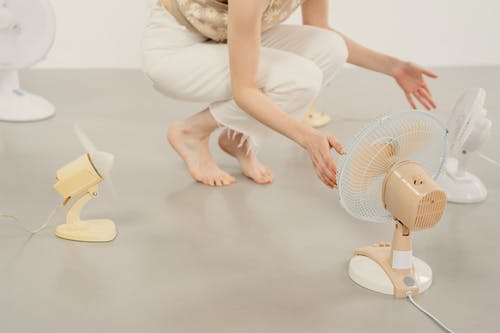
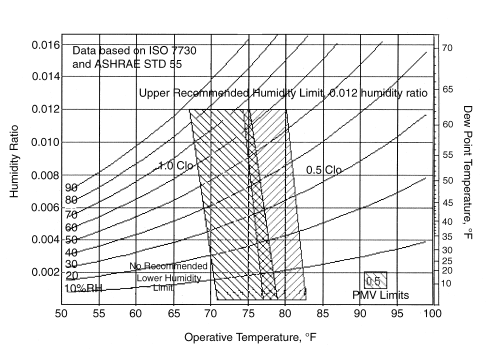
Figure 5.2.1.1 from ASHRAE’s Standard 55.
Although, unless you’re taking a survey, it’s unlikely you’ll hear about how good the temperature feels. But too warm or cold? You’re sure to receive complaints. Even still, there is more to thermal comfort than the temperature of the air surrounding our bodies….
What is thermal energy?
Objects get their thermal or heat energy from the motion of the molecules that built them. Those molecules are always moving. Add heat and the little guys move faster. When a hot object encounters a cooler one, its molecules transfer some of that heat energy to the next object. Think of plopping a scoop of ice cream onto warm apple pie. The dancing molecules in the crust transfer energy that works up the ice cream molecules to speed up and melt.
Heat transfers through conduction, radiation, and convection. Let’s look at how those principles apply to indoor comfort:
Conduction: This is the transfer of heat through solids such as roofs or windows. To prevent this transfer from overheating indoor spaces, energy-efficient windows, insulation, and rooftop reflectors are deterrents.
Radiation: Heat can travel as light in the form of sunlight or infrared radiation. Good ventilation can reduce this heat by lowering the temperatures of the ceiling, walls, and even furniture.
Convection: This is the transfer of energy to surfaces thanks to hot air rising and cold air descending. As the air moves, it affects your body in passing. The faster cool air can replace rising warm air, the sooner your body will feel cooler despite outdoor heat.
What role does mean radiant temperature (MRT) play in thermal comfort?
Objects such as walls, floors, windows, radiators, and even people can emit and absorb heat or cold—especially if insulation or the building envelope is not up to par. In this way, thermal objects sometimes enhance or detract from thermal comfort more than the air temperature. For example, poorly insulated windows on a winter’s day can create cold spots in a space. The MRT is basically a human biometeorological measurement of the average temperature coming from the surfaces around us and can be measured with a globe thermometer.
How does Air Velocity affect thermal comfort?
When occupants feel air velocity (the speed of air) moving over their skin, reactions may vary widely. Ai streams that are cooler than the surrounding air temperature can create an appreciated breeze in a stagnant, warm air environment. However, too powerful a breeze becomes an annoying draft. Little to no air velocity? An indoor space can feel stuffy, and odors might fester.
ASHRAE Standard 55 suggests air speeds of 30 to 40 fpm (0.15 to 0.2 m/s). High-performance demand control mechanical ventilation is achieved through an ERV fitted with controls. The HVAC system that sports one is in great shape to regulate air velocity for balanced and/or optimal airflow as well as thermal comfort.
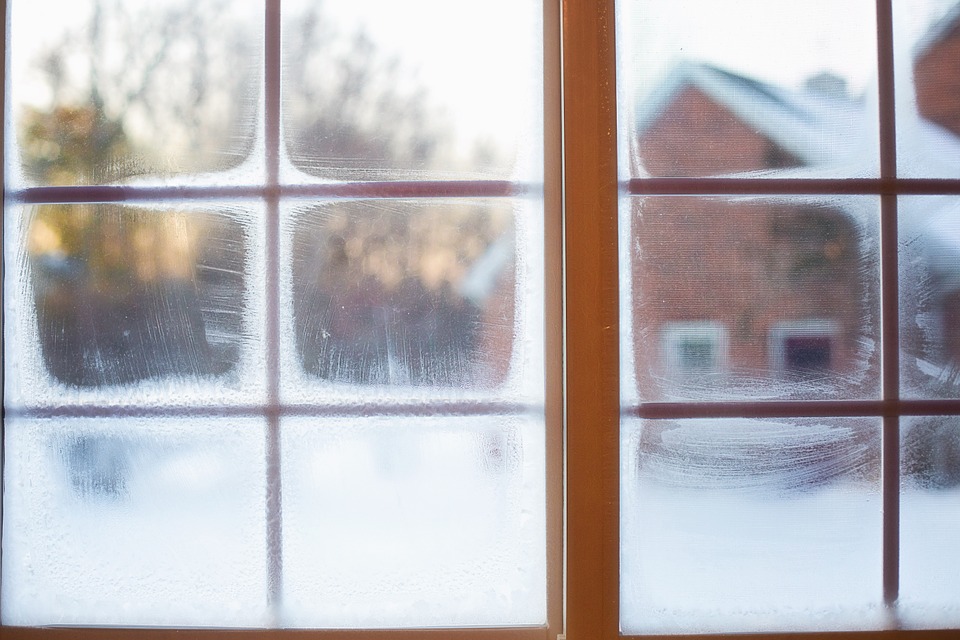
Uncontrolled humidity can compromise indoor comfort.
Standard 62.1-2016 recommends a relative humidity of less than 65% to avoid microbial growth due to the condensation that can feed it. Excess moisture can creep indoors through water vapor in surrounding soil or via roof, wall, and window leaks. It can begin indoors thanks to laundry, plants, showers, cooking, or plumbing leaks.
That said, too little humidity can cause dry, irritated skin, poor sleep, static electric shocks, and cracks in furniture. Measurable with a hygrometer, the key to comfortable levels of moisture in the air is balance.
The difference in an increase or decrease of humidity in the air results in ‘latent heat’ as opposed to ‘sensible heat’ or heat you can feel. Placing an ERV, as opposed to an HRV (Heat Recovery Ventilators) can manage the transfer of latent heat for normalizing humidity levels. An effective ERV will offer precise control in maximizing latent efficiency without dropping the temperature in the process.
Building Performance Equipment, Inc. has patented the technology for utilizing excess condensation by transferring it into the exhaust stream rather than into your building. In doing so, it provides improved heat transfer while avoiding the need to drain the condensate. In other words, BPE Regenerative Condensate® Return Technology recycles moisture to increase thermal effectiveness, making BPE ERVs over 90% sensible with 34% latent effectiveness.
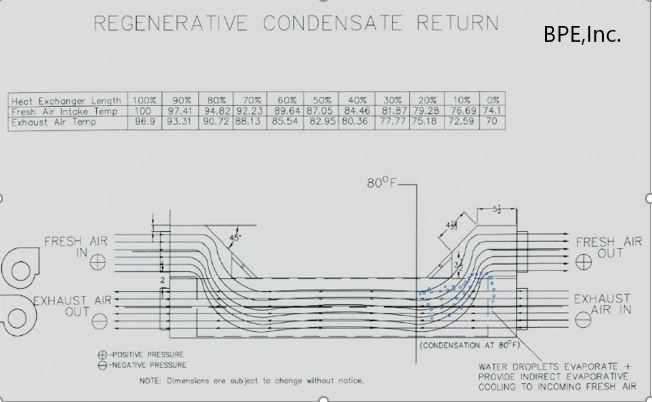
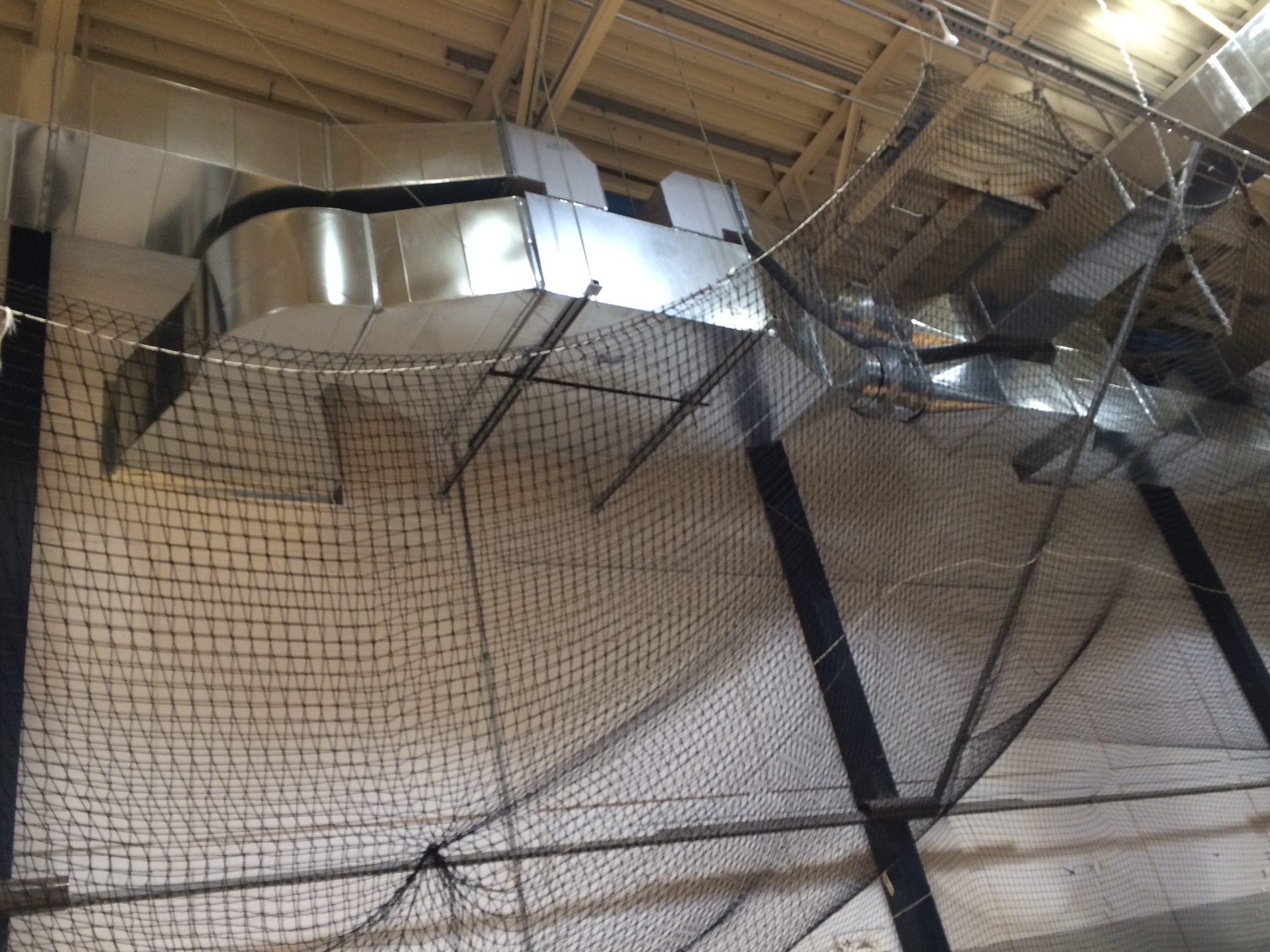
The best way to maximize indoor thermal comfort is with a BPE Long Ass ERV.
Secure building envelopes are an excellent first step in protecting indoor areas from the elements. After that, it is more important than ever to bring fresh air indoors, but you’ll need to control it. With a high-efficiency ERV added to your HVAC or acting as your HVAC, you can control indoor temperatures by bringing pre-tempered outdoor air into a space and use the energy of the stale air on its way out. The result is an efficient, effective way to keep folks comfortable. Most of them anyway!
BPE’s line of ERVs can provide thermal comfort to the smallest to largest spaces within the largest cities down to remote locations off the grid. We’re happy to help you decide on a system to suit your unique needs.
